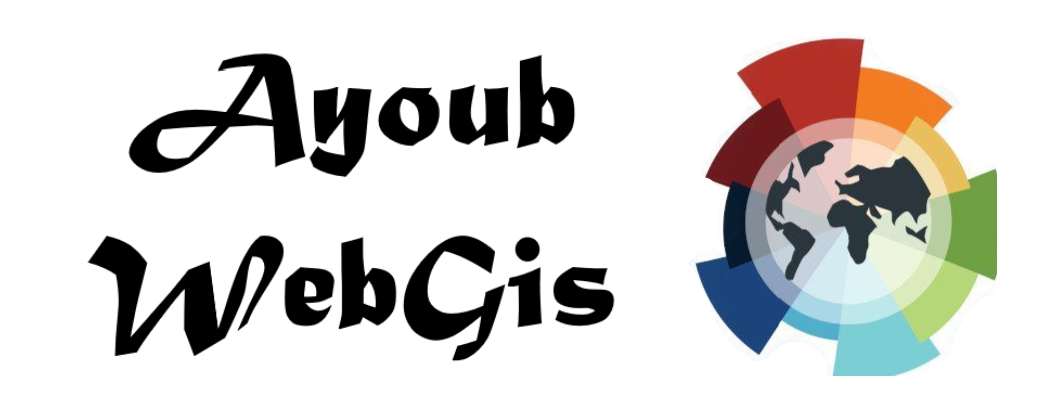free interactive maps
Interactive Maps: Concept, Importance, and Key Applications
Introduction
Interactive maps have revolutionized the field of cartography, allowing users to explore geographic data dynamically and intuitively. Thanks to advancements in Geographic Information Systems (GIS) and web technologies, these maps have become essential in various fields, from urban planning to tourism and education.
Concept of Interactive Maps
Interactive maps are digital maps that enable users to interact with their content by zooming in and out, searching for specific locations, displaying different data layers, and accessing detailed information by hovering over points of interest. These maps leverage modern web technologies such as JavaScript, HTML5, and CSS, along with specialized libraries like Leaflet, OpenLayers, and Google Maps API.
Importance of Interactive Maps
- Enhanced User Experience: They allow users to access geographic information in a flexible and user-friendly manner.
- Geospatial Data Analysis: They facilitate the study and analysis of trends and patterns in geographic data, aiding decision-making processes.
- Improved Planning and Organization: Used in urban planning, transportation management, and resource distribution.
- Easy Access and Updates: Interactive maps can be updated online without the need for reprinting paper maps.
Key Practical Applications of Interactive Maps
- Geographical and Navigational Maps:
- Google Maps: One of the most popular applications providing interactive maps for navigation and location search.
- OpenStreetMap (OSM): An open-source project that allows users to contribute to and update maps collaboratively.
- Urban Planning and Real Estate:
- Interactive maps are used to design cities, identify building locations, analyze land use, and develop infrastructure.
- Tourism and Travel:
- Many websites offer interactive maps for tourists to explore destinations and find nearby attractions.
- Disaster Management and Emergency Response:
- They help in identifying affected areas during natural disasters like floods and earthquakes, enabling authorities to efficiently deploy relief efforts.
- Education and Research:
- Interactive maps are widely used in education to visualize geographic and geological information in an engaging manner.
Top Platforms and Tools for Creating Interactive Maps
Conclusion
Interactive maps have become indispensable in the digital age, enhancing user experiences, facilitating geospatial data analysis, and improving planning and organization across different fields. With ongoing technological advancements, we can expect even smarter and more interactive mapping solutions in the future.
- Back to the page of Cartograpgy -
- Home Page - الصفحة الرئيسية -






